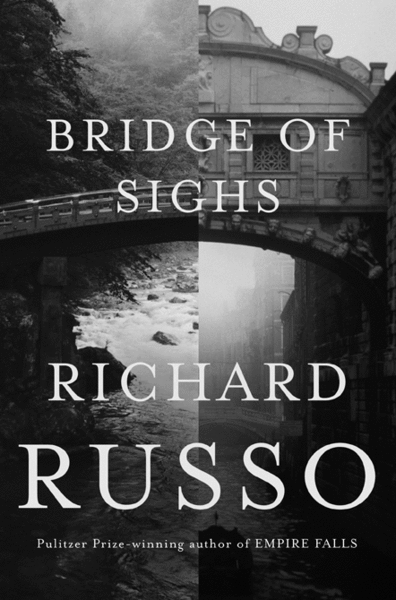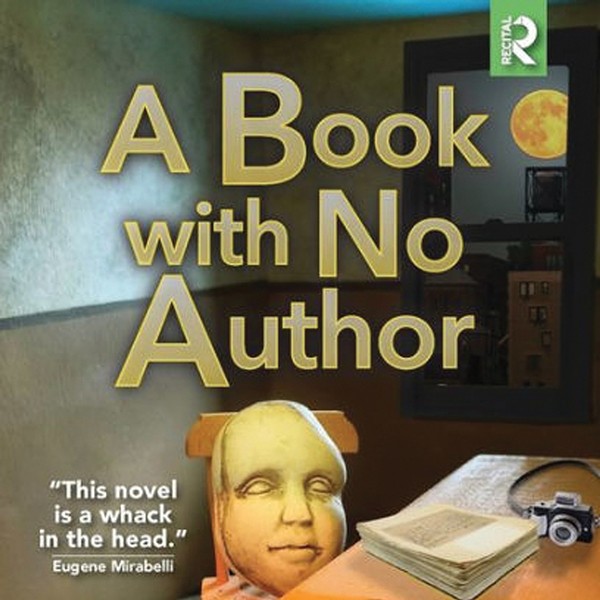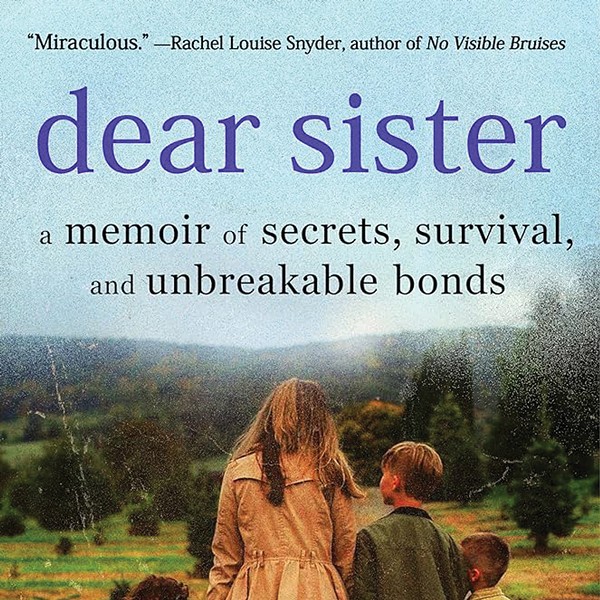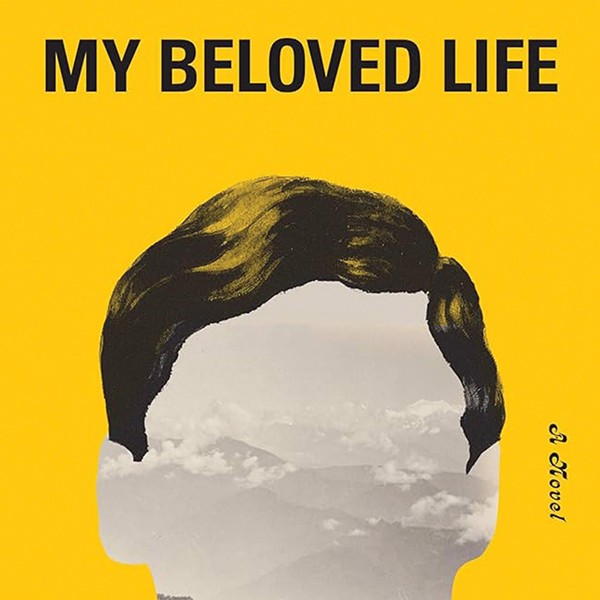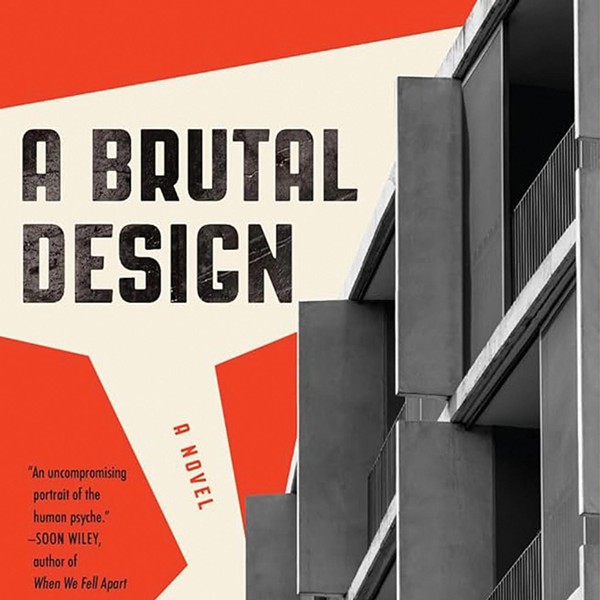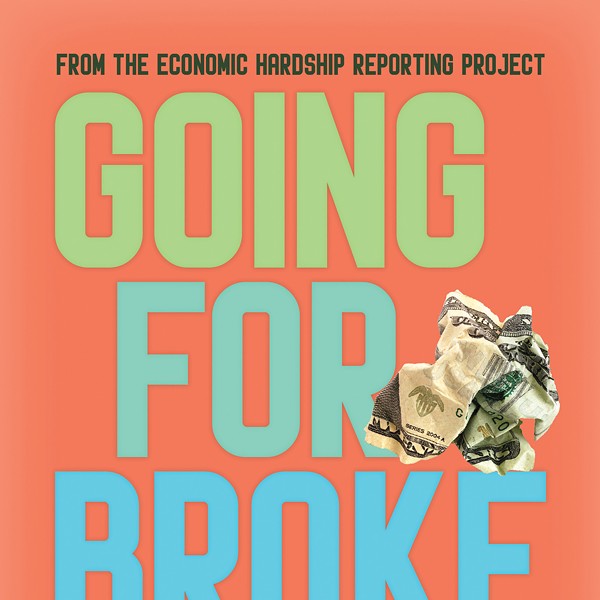Knopf, 2007, $26.95
One central incident in Richard Russo’s haunting new novel features a young boy trapped in a coffin-sized box. When he hears a saw cutting through wood right above him, the terrified boy, Louis C. Lynch (a name that leads everyone to call him Lucy, whether he likes it or not), curls himself up and closes his eyes. It shouldn’t be surprising to learn that what happens inside the box irrevocably shapes Lou Lynch’s future. But how the incident shapes him, the complex ways the episode is life-changing—that’s surprising (and moving and endlessly fascinating). In other words, as usual in Richard Russo’s world, the breathtaking beauty resides in the details.
Indeed, it’s his devotion to details—of place, speech, character—that make Russo’s work such a thrill and a blessing. In book after book (seven since Mohawk appeared in 1986), the Pulitzer Prize-winning Russo reminds us that we can best understand our larger world and ourselves by focusing on the specific details of the neighborhoods we inhabit. Like Miss Beryl from Nobody’s Fool (1993), Russo constantly, charmingly, and wisely urges us to “pay attention.” It’s Russo’s version of the credo to “think globally, act locally,” and he practices it better than anyone.
Lou Lynch struggles with the ramifications of such an imperative. Long after his harrowing experience in the coffin-sized box, Lou has a crucial conversation with his childhood friend and alter-ego, Bobby Marconi. While Lou remains close to home, Bobby leaves family behind, changes his name, and reinvents himself as a painter. Before Bobby’s departure for college, Lou asks, “Don’t you ever wish things just stayed the same?” When Bobby doesn’t seem concerned by his friend’s lament, Lou continues, “What if we forget?”
“Forget what?”
“All of it.”
“I imagine we’ll remember the important stuff.”
“What if it’s all important?”
Bobby has no immediate answer to that resonant question, but line by vivid line Bridge of Sighs argues there is nothing more important—or beautiful or, ultimately, human—than the “stuff” of our childhoods, neighborhoods, families, and friendships. How Lou and Bobby come to that realization amid their very different lives, how they face their changing loves and hopes and dreams, makes this novel both magical and magisterial.
Bridge of Sighs begins in Thomaston, New York, a dying tannery town that harks back not only to the Johnstown and Gloversville of Russo’s youth, but also to the Mohawk, North Bath, Railton, and Empire Falls of his earlier novels. This book, however, as its title suggests, also involves Venice—and, in this case, that’s not the town in Cayuga County. It’s Venice, Italy, where Bobby winds up living and working as an artist. Lou’s imminent trip there, at age 60—a trip he plans with his wife, Sarah, who has her own strong ties to Bobby—adds considerable tension to the novel.
The Bridge of Sighs, built in the 16th century, connected a prison and its interrogation rooms; prisoners, when they were escorted across the bridge, were reputed to sigh as they glimpsed their last view of beautiful Venice. The idea of being a prisoner—being trapped in a box, a town, a family—pervades the bittersweet lives of Lou and Bobby. Does Lou ever truly escape from his coffin-sized box? Does Bobby escape by going to Venice to paint images of Thomaston? Does Russo himself escape being known as a regional author by embracing the “city of water”? Many of the best questions don’t have simple answers. But Bridge of Sighs demonstrates once again that local hero Richard Russo, who will give a reading at the New York State Writers Institute on October 5, is one of the best writers working today in the small town of America, on this small planet Earth, in our small and boundless universe.







